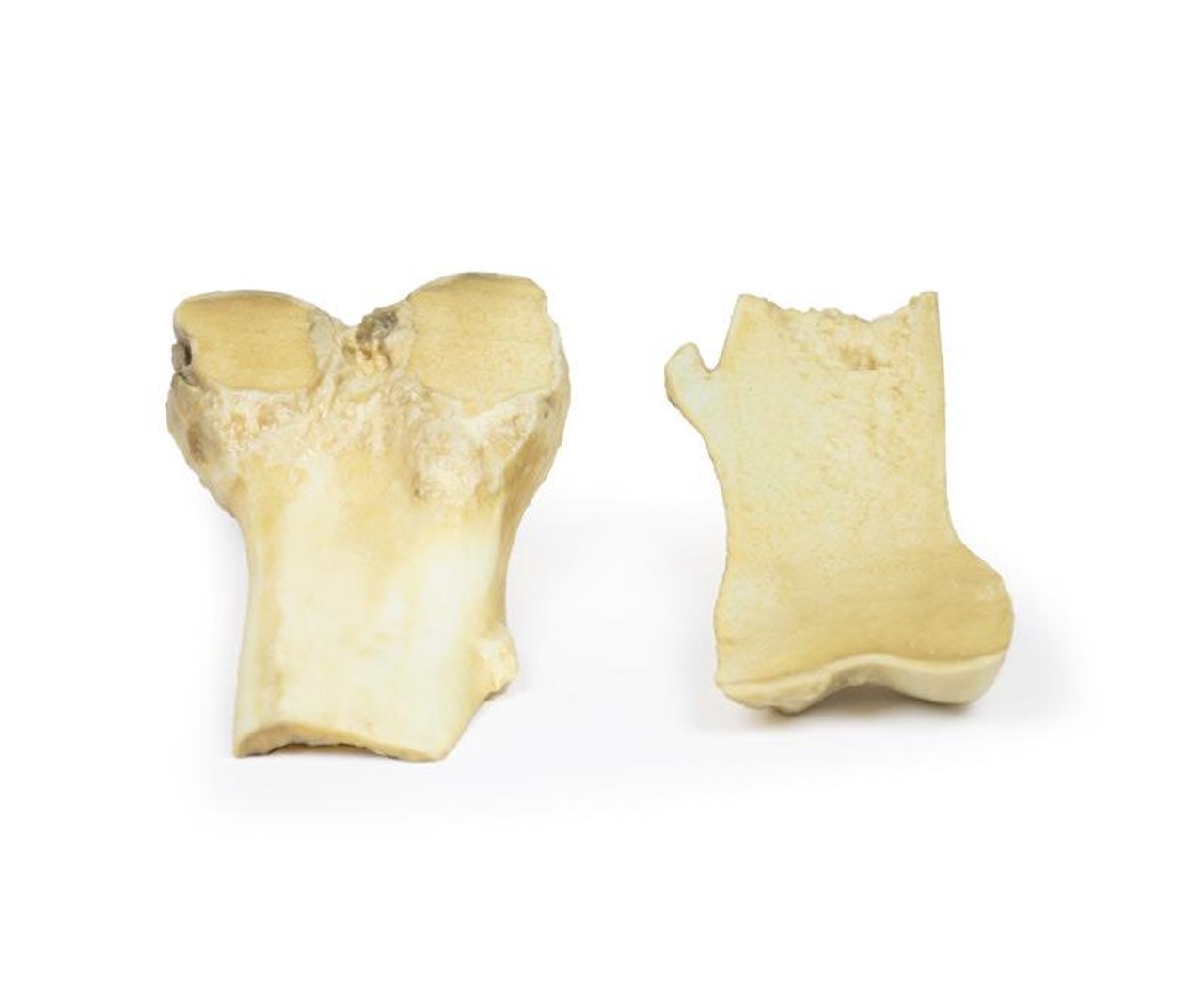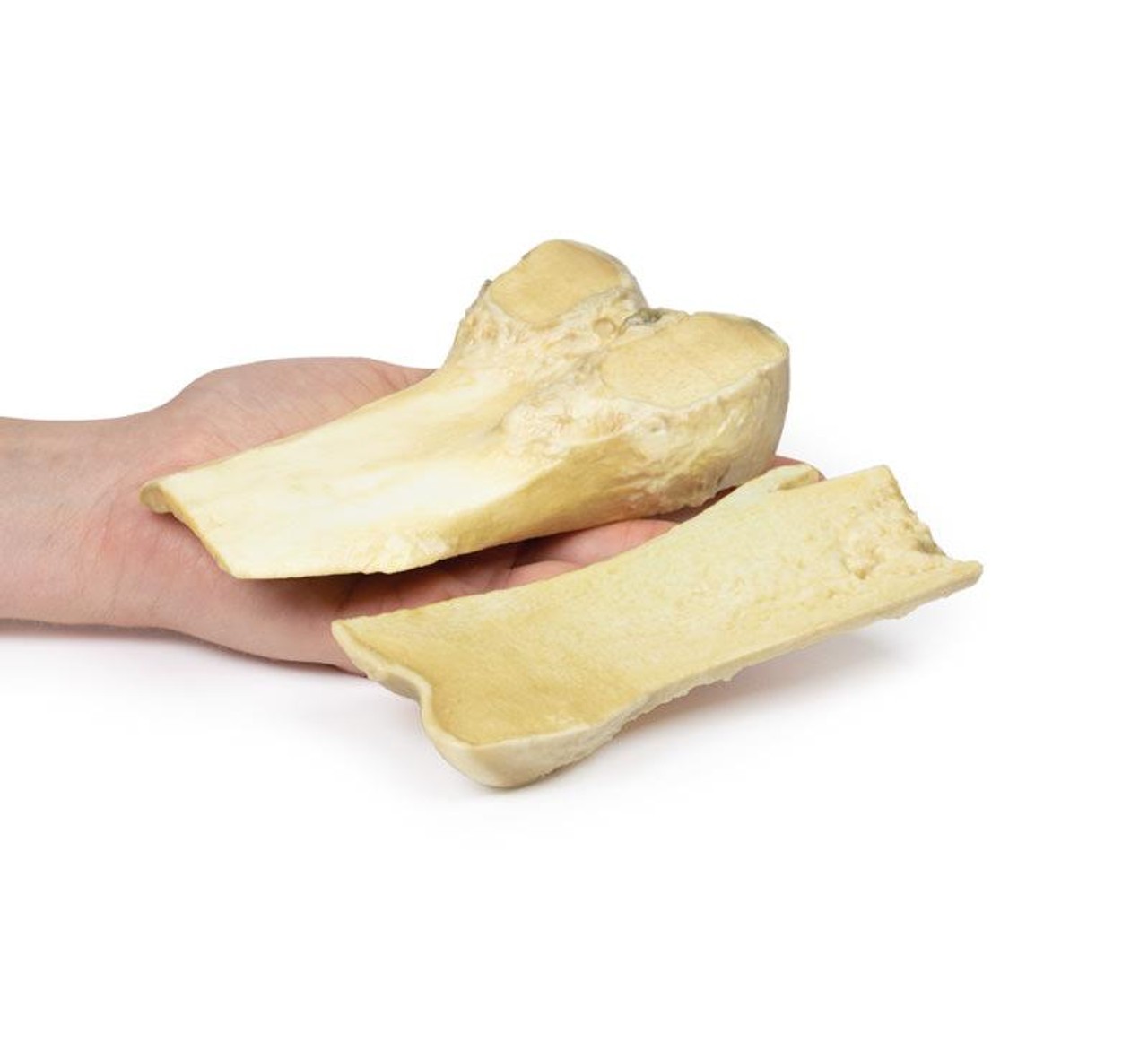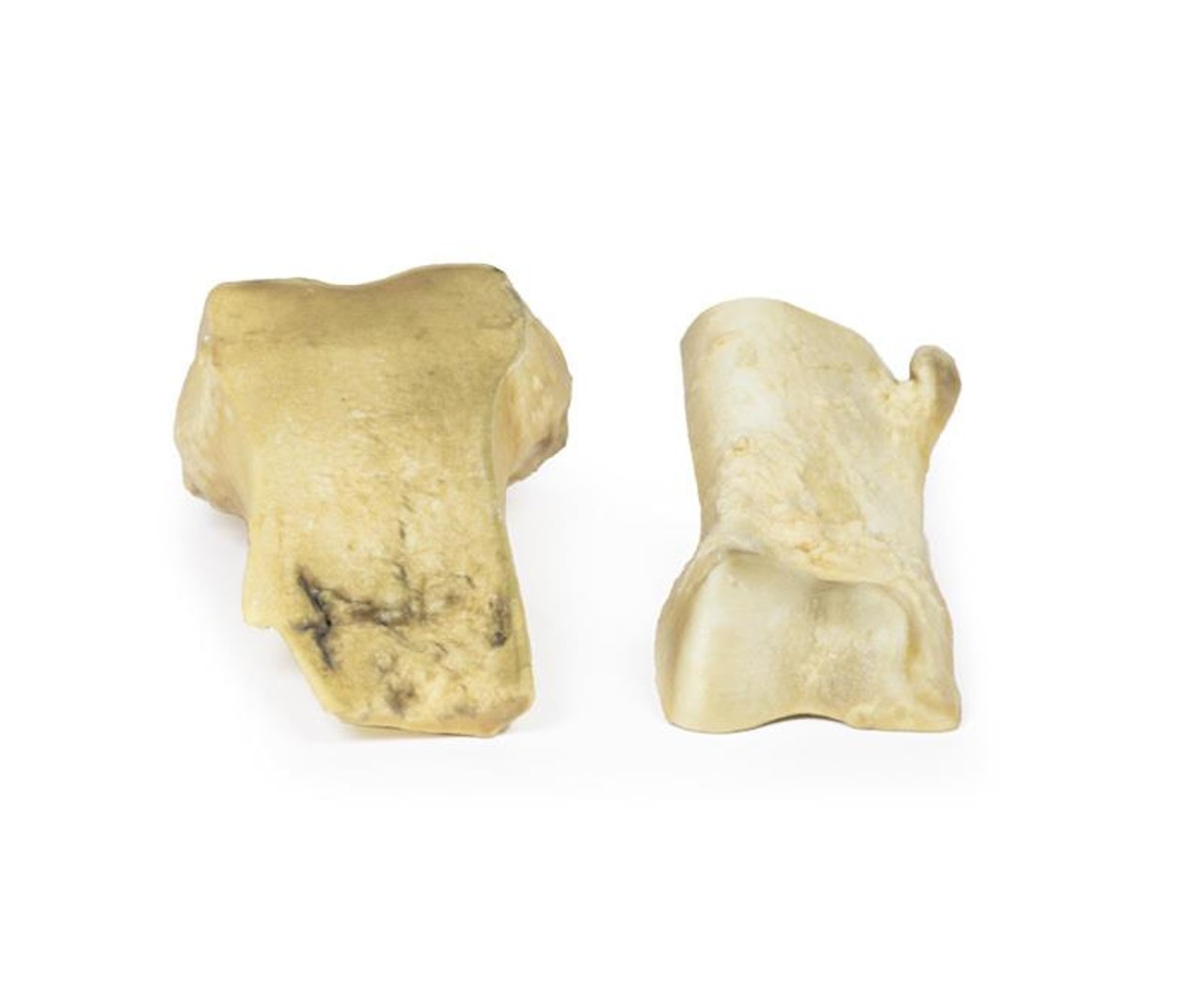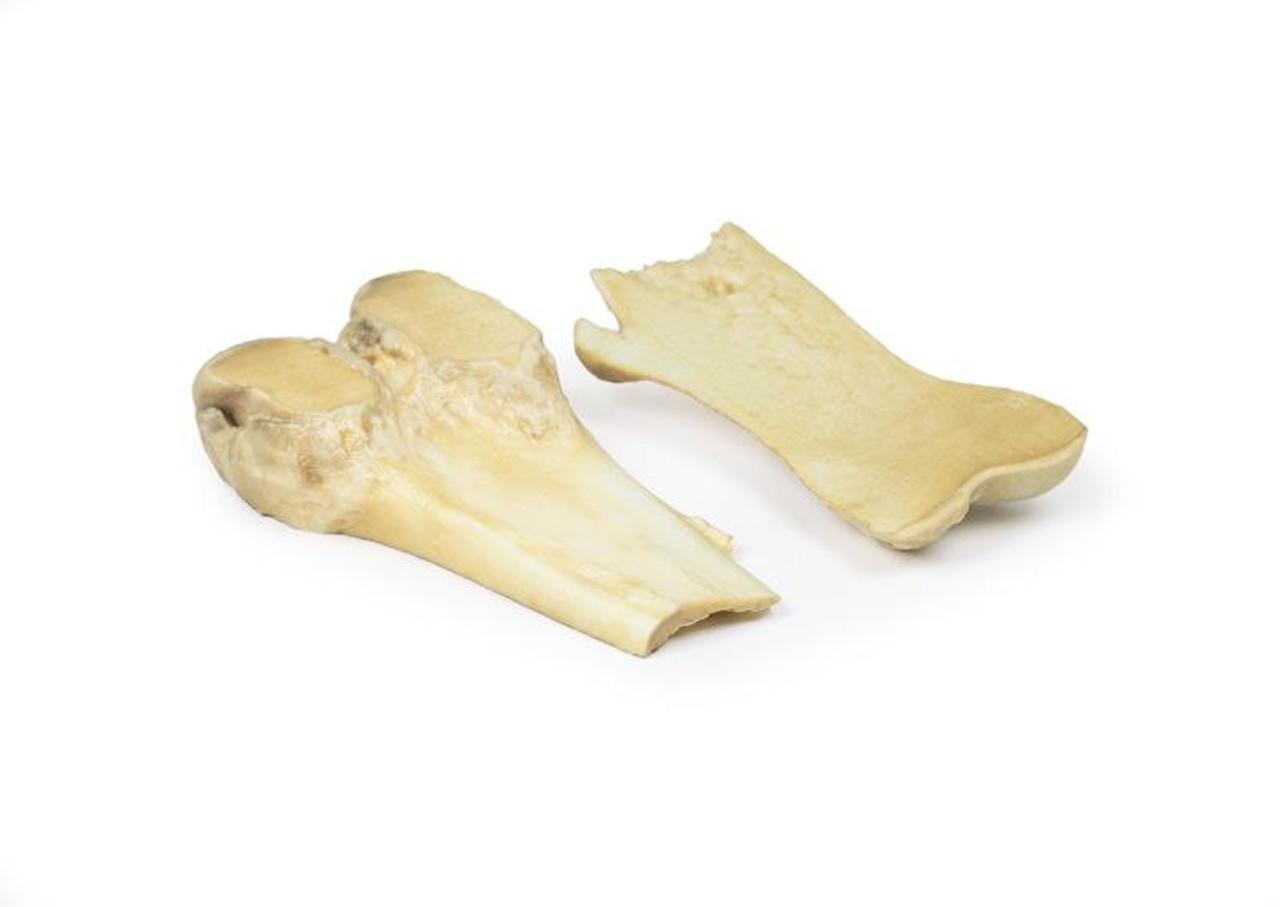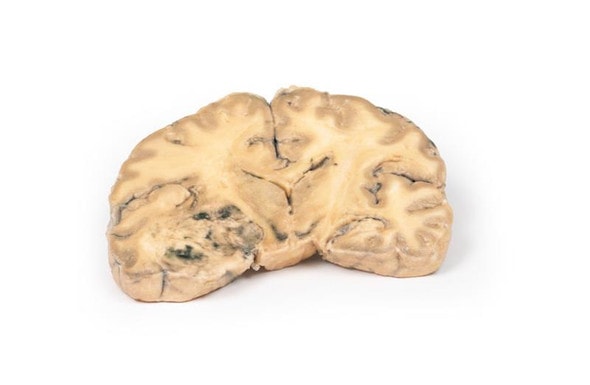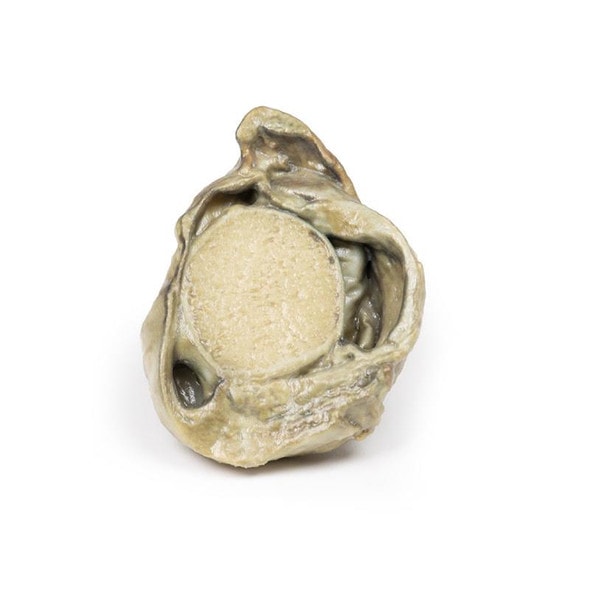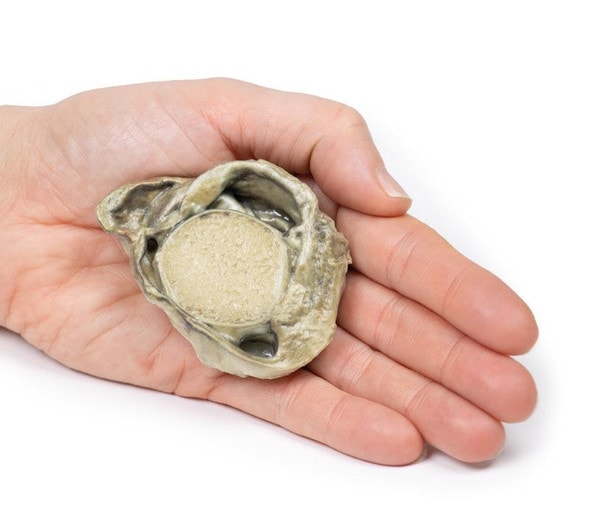Description
Developed from real patient case study specimens, the 3D printed anatomy model pathology series introduces an unmatched level of realism in human anatomy models. Each 3D printed anatomy model is a high-fidelity replica of a human cadaveric specimen, focusing on the key morbidity presentations that led to the deceasement of the patient. With advances in 3D printing materials and techniques, these stories can come to life in an ethical, consistently reproduceable, and easy to handle format. Ideal for the most advanced anatomical and pathological study, and backed by authentic case study details, students, instructors, and experts alike will discover a new level of anatomical study with the 3D printed anatomy model pathology series.
Clinical History
A 61-year old male with prostate cancer attends pre-assessment clinic prior to a prostatectomy. Overall, he feels well with no major complaints. On review of symptoms, it is noted he has chronic pain in his right knee, which his GP called osteoarthritis. To exclude boney metastases of the prostate carcinoma, a knee x-ray is ordered, which shows a pedunculated lesion projecting from the medial aspect of the diaphysis of the right femur. His prostatectomy goes ahead but he subsequently dies from a postoperative pulmonary embolism.
Pathology
The specimen is the lower end of the patient's right femur, which has been cut in the coronal plane and mounted to display the external surfaces. A pedunculated bony protuberance 2 cm in length projects from the medial aspect of the femoral shaft 7 cm above the medial condyle. The projection is composed of normal bone with a thin cap of hyaline cartilage at the tip. This is an example of an osteochondroma.
Further Information
An osteochondroma (or an exostosis) is a benign cartilaginous tumor. They are comprised of a cartilaginous capped bony protrusion from the external surface of the bone from which they arise. They are the most common benign bone tumors. Most osteochondromas occur spontaneously but they may also occur as part of multiple hereditary exostosis syndrome or post radiotherapy. They usually develop from or near the growth plate. They most commonly arise from the appendicular skeleton, especially in the lower limb around the knee or the upper limb at the proximal humerus. Men are more commonly affected than women.
Symptoms vary on the site and size of the growth. Many osteochondroma remain asymptomatic. Osteochondroma lead to symptoms from the compression of surrounding neurovascular structures. They may also cause a pain from myositis or a fracture of the bony spur. They usually present in the second decade of life. They can be diagnosed with plain x-ray but MRI is the gold standard to ensure that there is no malignancy present within the growth.
Hereditary exostoses are associated with mutations in the EXT1 and EXT2 genes. Reduced expression of these genes has also been seen in sporadic osteochondromas. Osteochondromas stop forming as fusion of the growth plate occurs. Treatment of excision is only if symptoms are severe. Malignant transformation to chondrosarcoma is rare in sporadic cases but more common in hereditary exostosis (5-20%).
Advantages of 3D Printed Anatomical Models
- 3D printed anatomical models are the most anatomically accurate examples of human anatomy because they are based on real human specimens.
- Avoid the ethical complications and complex handling, storage, and documentation requirements with 3D printed models when compared to human cadaveric specimens.
- 3D printed anatomy models are far less expensive than real human cadaveric specimens.
- Reproducibility and consistency allow for standardization of education and faster availability of models when you need them.
- Customization options are available for specific applications or educational needs. Enlargement, highlighting of specific anatomical structures, cutaway views, and more are just some of the customizations available.
Disadvantages of Human Cadavers
- Access to cadavers can be problematic and ethical complications are hard to avoid. Many countries cannot access cadavers for cultural and religious reasons.
- Human cadavers are costly to procure and require expensive storage facilities and dedicated staff to maintain them. Maintenance of the facility alone is costly.
- The cost to develop a cadaver lab or plastination technique is extremely high. Those funds could purchase hundreds of easy to handle, realistic 3D printed anatomical replicas.
- Wet specimens cannot be used in uncertified labs. Certification is expensive and time-consuming.
- Exposure to preservation fluids and chemicals is known to cause long-term health problems for lab workers and students. 3D printed anatomical replicas are safe to handle without any special equipment.
- Lack of reuse and reproducibility. If a dissection mistake is made, a new specimen has to be used and students have to start all over again.
Disadvantages of Plastinated Specimens
- Like real human cadaveric specimens, plastinated models are extremely expensive.
- Plastinated specimens still require real human samples and pose the same ethical issues as real human cadavers.
- The plastination process is extensive and takes months or longer to complete. 3D printed human anatomical models are available in a fraction of the time.
- Plastinated models, like human cadavers, are one of a kind and can only showcase one presentation of human anatomy.
Advanced 3D Printing Techniques for Superior Results
- Vibrant color offering with 10 million colors
- UV-curable inkjet printing
- High quality 3D printing that can create products that are delicate, extremely precise, and incredibly realistic
- To improve durability of fragile, thin, and delicate arteries, veins or vessels, a clear support material is printed in key areas. This makes the models robust so they can be handled by students easily.

